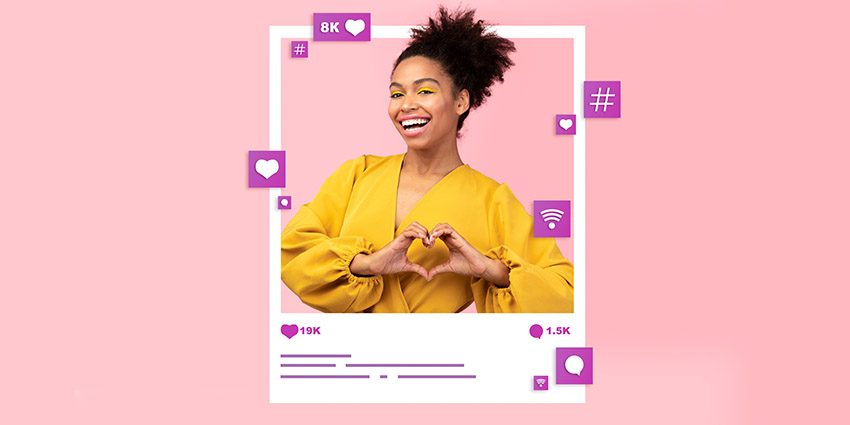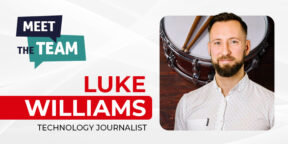What is owned media?
Marketing in today’s competitive landscape requires companies to invest in various kinds of “media” or content. These varying forms of media are often separated into three distinct categories: owned, earned, and paid media.
While the strategies and methodologies are used with each type of content, the overwhelming focus is the same. With all kinds of media, your business is working on generating brand awareness, attracting attention from new and existing audiences, and boosting engagement.
While paid media (ads and influencer campaigns) and earned media (PR and news stories) often get the most attention in today’s advertising strategies, it’s important not to underestimate the power of “owned media”, too. Here’s what you need to know about owned media and why it’s crucial.
What is Owned Media? Defining Owned Media
As mentioned above, owned media is one of brands’ three most common types of content to generate customer engagement and attention. Owned media refers to all the content and publications you maintain ownership of. In other words, your website, your social media news feed, and your email newsletters are all examples of owned media.
A company’s owned media comprises the assets the business can fully control. On the other hand, earned and paid media isn’t always managed entirely by your company. PR brands posting news reports (earned media) can remove your content from their website whenever they choose. Influencers working with your company via a price (paid media) can delete the posts on their social feeds if they decide to stop collaborating with you.
Owned media is essential to business growth and marketing because it allows you to build a consistent identity for your brand. With owned media, you can attract customers to your website with organic content, share valuable information about your business, and deliver value to your audience while following your own editorial rules and guidelines.
What are the Most Common Types of Owned Media?
Owned media can include many different forms of content. It’s usually a good idea for most companies to develop a diverse portfolio of owned media assets. This ensures you can reach a broader range of potential audience members and strengthen your online and offline position.
The most common forms of owned media used today include:
- Your website: Your website is a hub of various owned media assets. It’s home to the blog posts you use to attract customers in the search engines with SEO, your news reports (created by your brand), and even your product pages and company copy.
- Social media: Social media posts are owned press when made and published by you on your social account. Shares, comments, and tweets, on the other hand, are a form of “earned media”. A diverse selection of social media accounts can help you reach your audience on various platforms and strengthen your online presence.
- Media channels: Media channels refer to YouTube channels, television channels, radio, or podcasts you can use to share content with your followers. Anything “owned” by you and used to share content is owned media.
- Email marketing campaigns: Newsletters sent to your customers regularly are a form of owned media, excellent for nurturing customers and keeping your brand top-of-mind. You can also create automated email marketing campaigns.
- Offline media: Offline media can include signage and displays in your business office if you own the space and assets. Some companies also create physical newsletters, leaflets, and brochures to share at events.
The Benefits of Owned Media
Owned media is the most effective way to build your brand online and offline. It’s an opportunity to share information about your company, showcase your unique tone of voice, and highlight your company’s personality on various platforms.
Used correctly, owned media has the potential to influence customers and their purchasing decisions. For instance, 78% of people say the posts a company publishes on social media influence their buying behaviours. What’s more, owned media has the potential to attract other forms of media to your company and brand.
For instance, by sharing valuable content on your blog, you can encourage publications to curate your content and share it on their platforms. Posting engaging infographics and videos on social media can have the same effect, creating earned media through shares and re-posts.
Other benefits of owned media include:
- Control: The most significant advantage of owned media is that it is entirely within your control. You get to control the message, the tone of voice, which information is included, and even how long you promote a specific idea or topic.
- Consistency: A good owned media strategy can help you develop a consistent brand, leading to familiarity and trust among your target audience.
- Reach: Owned media has the potential to reach a broad audience, mainly when you take advantage of organic advertising strategies like SEO. Targeted keywords can help you to get your content in front of the right people.
- Longevity: You don’t have to worry about your owned media disappearing when you stop paying for an ad campaign or when another company decides to replace your post.
- Cost efficiency: There’s very little investment required to start an owned media campaign. You spend your budget on designing effective content.
Using Owned Media Effectively
The best-owned media is content you create focusing on your target audience. Understanding the people, you’re trying to reach and which messages will engage them best should improve your chances of long-term growth. It also helps to have an SEO strategy in place to increase the chances of people finding your content on the search engines.
Owned media can also be enhanced and improved with paid and earned media strategies. Most of the time, the best content strategy will involve a combination of earned, produced, and owned media campaigns, all working together. For instance, you can use paid ads to draw attention to a specific post or page on your website.
You can also use your owned media to attract the attention of PR companies and other publications who might want to help you reach your audience with news reports and press releases. Owned media is just one part of a comprehensive strategy.









